When it comes to 20-amp plugs, the NEMA 5-20 and NEMA 6-20 are two commonly used configurations that may look almost identical at first glance. However, these two plugs have distinct differences in their design and functionality. Let’s break it down so you can easily identify and understand how they differ.
Similarities Between NEMA 5-20 and NEMA 6-20
- 20 Amps: Both the NEMA 5-20 and NEMA 6-20 are rated for 20 amps, making them suitable for devices that require higher current.
- 12-Gauge Wire: These plugs must be connected using at least a 12-gauge wire to handle the current safely and comply with electrical codes.
- Ground on Top: With the ground prong positioned on top, both plugs appear visually similar at a quick glance.
Key Differences: How to Tell Them Apart
The main way to differentiate between these two plugs is by looking at the orientation of their prongs:
- NEMA 5-20 Plug:
- Features three prongs: a hot, a neutral, and a ground.
- The prong layout includes one vertical blade (neutral), one horizontal blade (hot), and the ground prong on top.
- Commonly used for standard 120-volt applications, such as heavy-duty household appliances, power tools, or air conditioners.
- NEMA 6-20 Plug:
- Features three prongs: two hot blades and a ground.
- Both blades are horizontal, with no neutral prong, which is indicative of a 240-volt connection.
- Designed for devices requiring 240 volts, such as industrial equipment, heaters, or specialized tools.
Voltage Differences
One of the critical distinctions between the NEMA 5-20 and NEMA 6-20 lies in the voltage they support:
- NEMA 5-20: Supplies 120 volts, making it ideal for standard household or commercial devices that don’t need high voltage.
- NEMA 6-20: Supplies 240 volts, which provides more power and is typically used for heavier-duty applications.
Applications for Each Plug
- NEMA 5-20 Applications:
- Window air conditioning units
- Small refrigerators or freezers
- Power tools, such as drills or saws
- Commercial coffee makers
- NEMA 6-20 Applications:
- Space heaters
- Industrial equipment or machinery
- High-powered air compressors
- Commercial-grade appliances
Why Does It Matter?
Using the wrong plug for your equipment can lead to inefficient performance, potential damage to your device, or even safety hazards. Ensuring that you match the correct plug and outlet to your device’s requirements is essential for both safety and optimal functionality.
Final Thoughts
Although the NEMA 5-20 and NEMA 6-20 look similar at first glance, understanding the difference in their prong orientation, voltage, and applications makes it easier to identify and use the right one. Always double-check your equipment’s specifications to ensure you’re using the correct plug type.
At AC WORKS, we specialize in providing reliable power solutions for all your electrical needs. If you have any questions about NEMA plugs or need help selecting the right product, don’t hesitate to reach out to us. Stay powered up and safe!
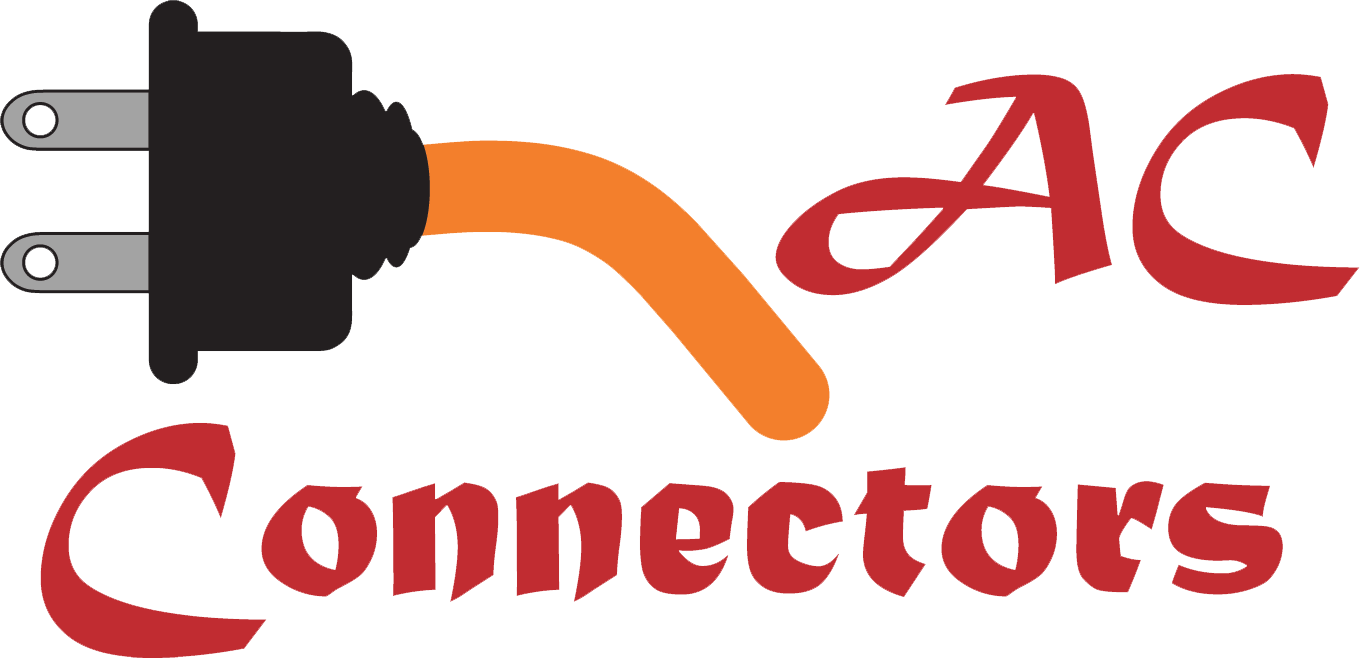
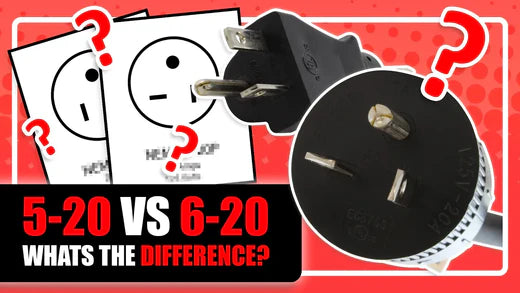
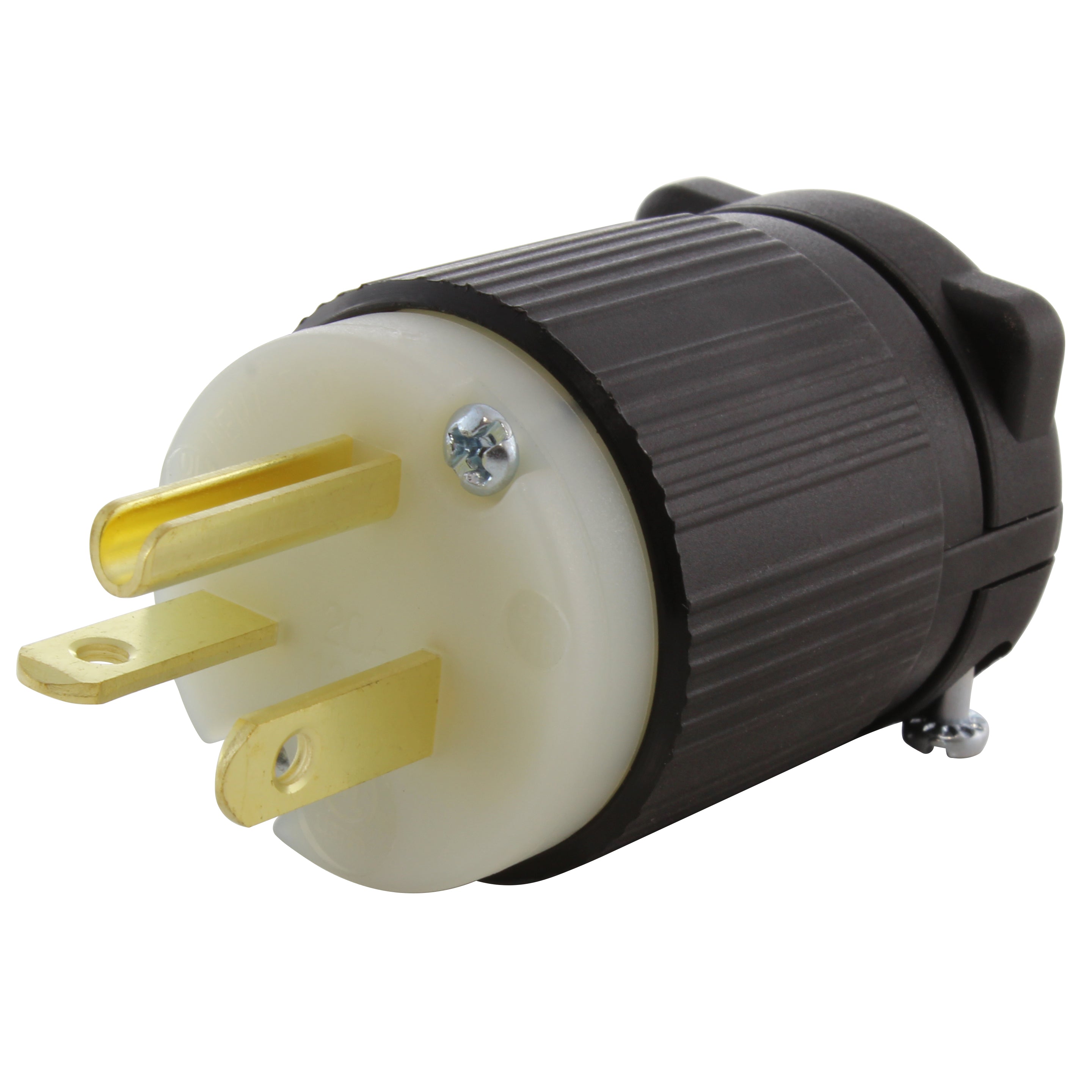
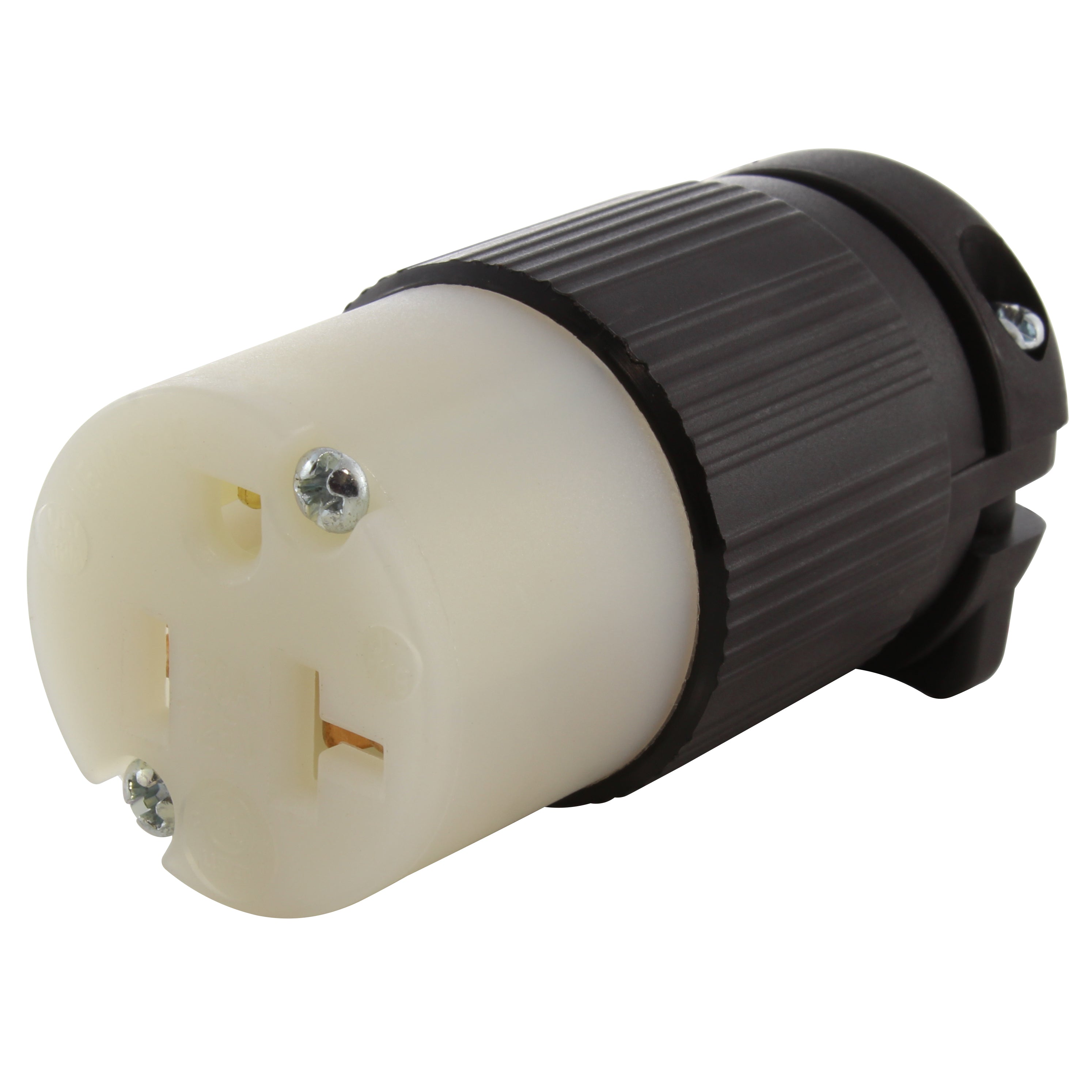
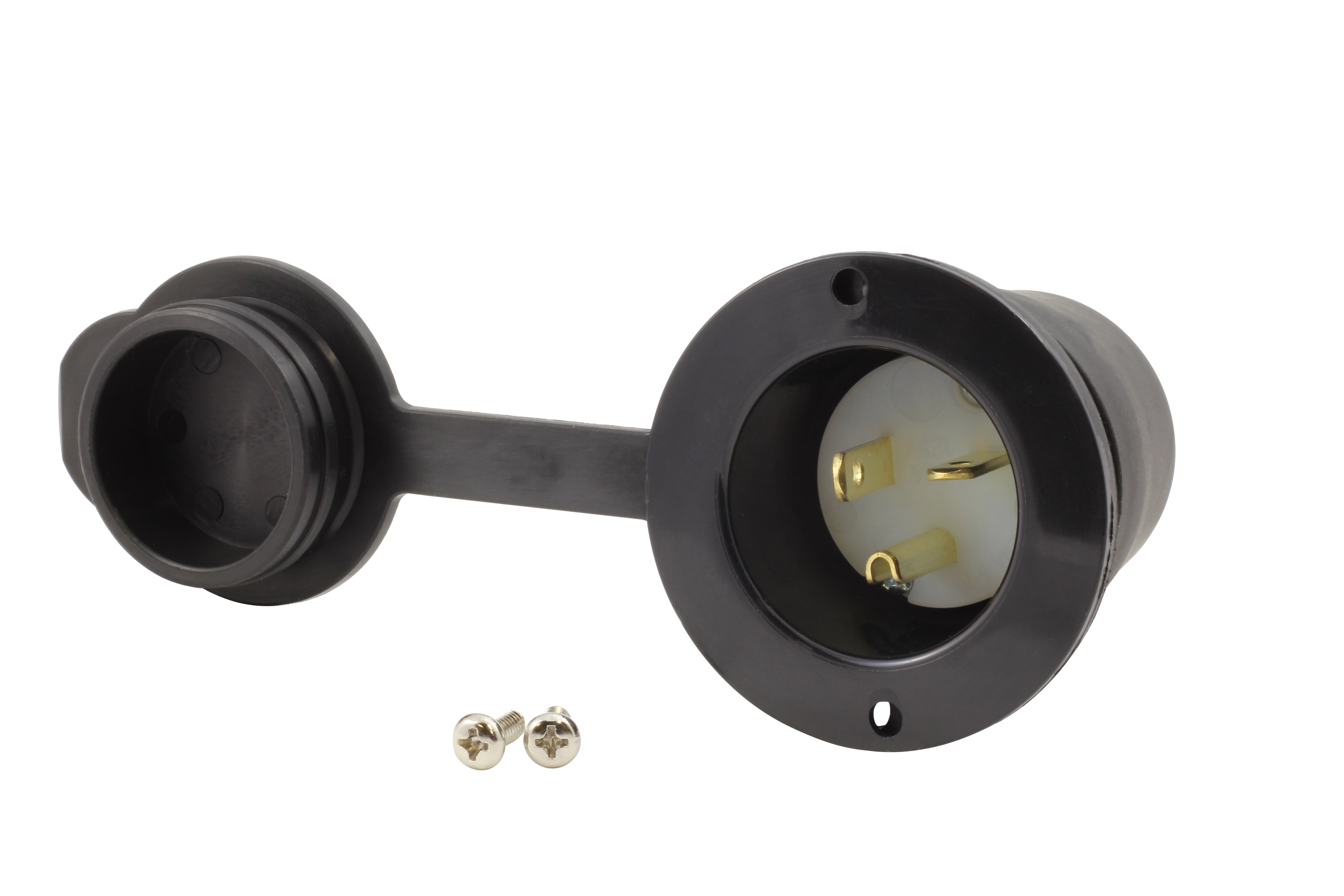
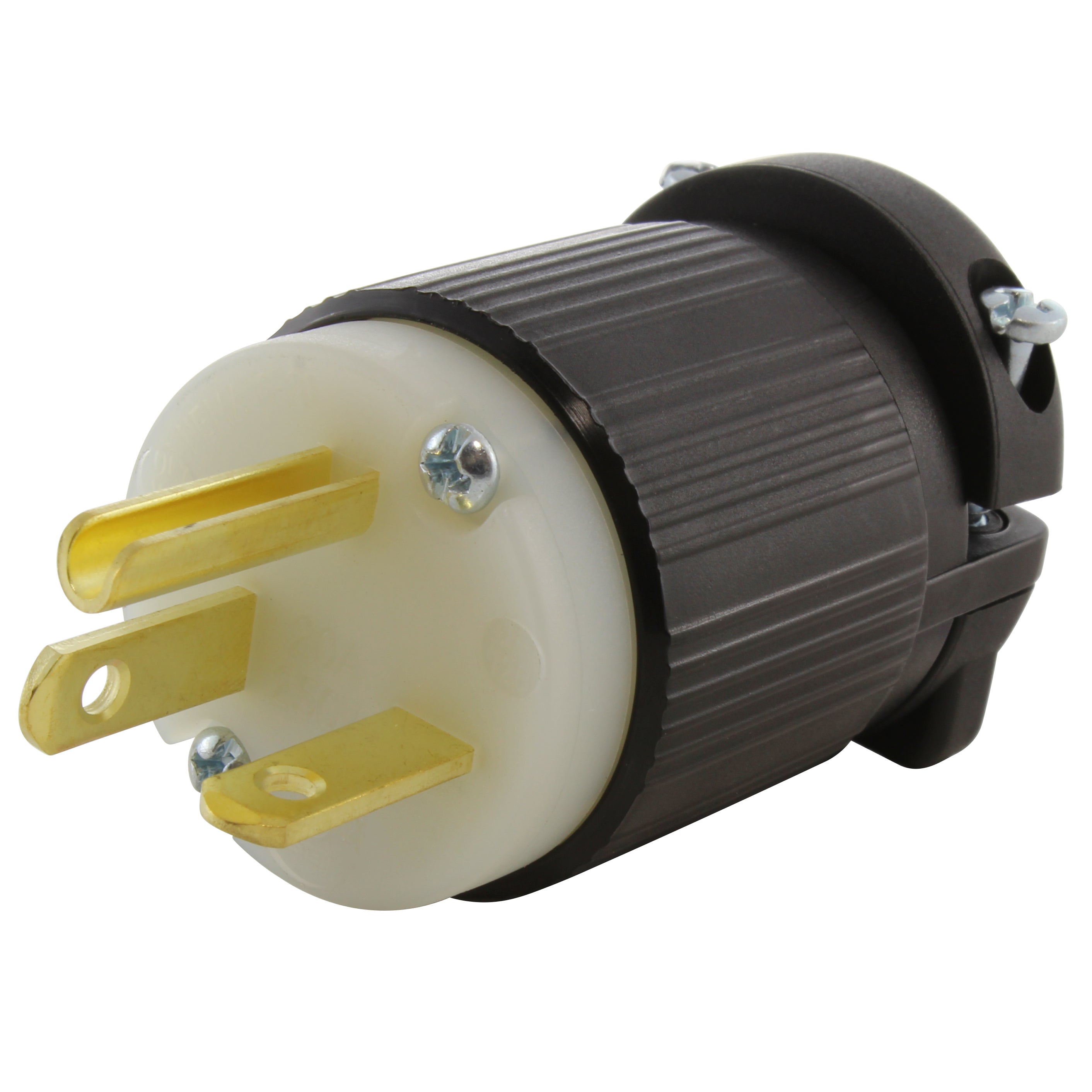
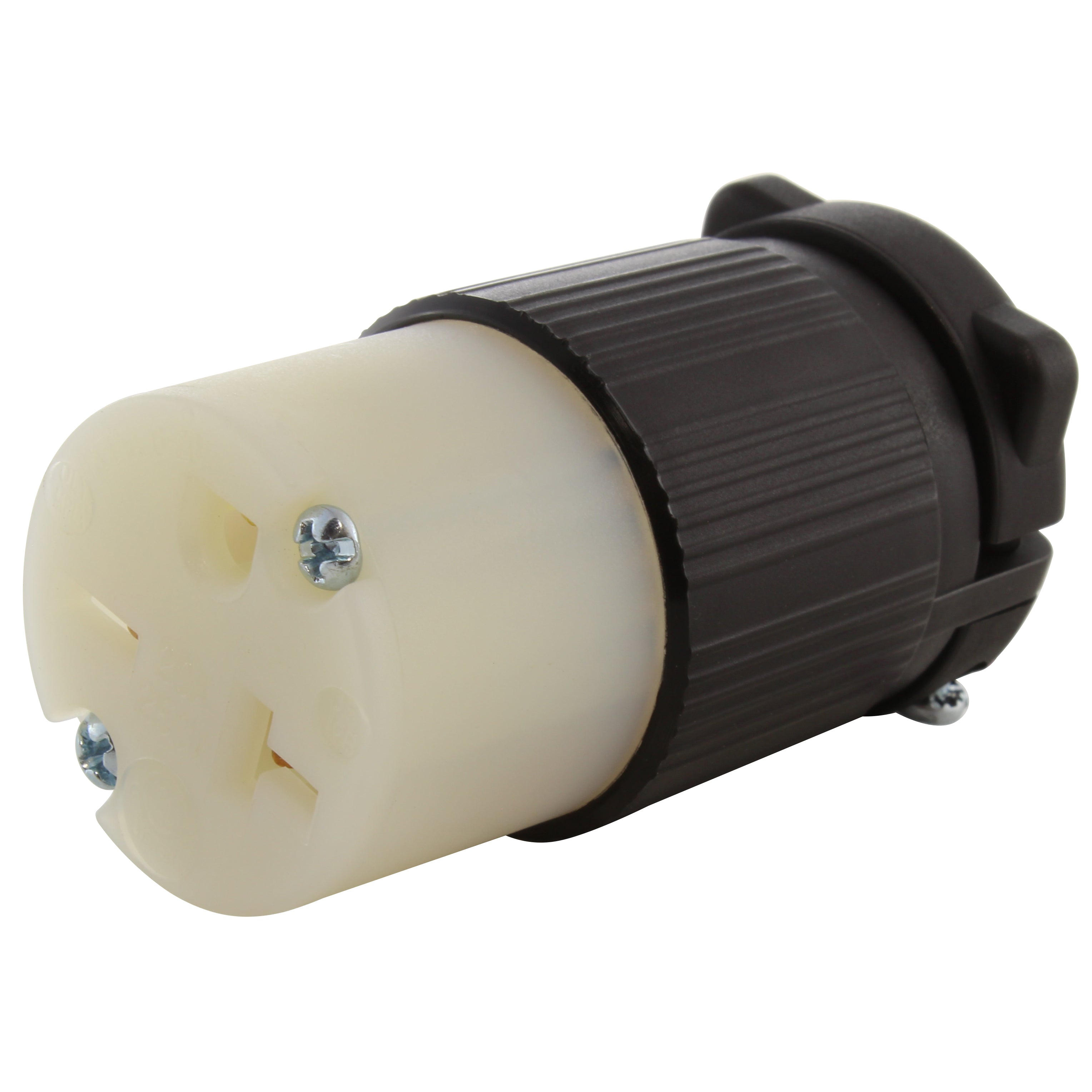
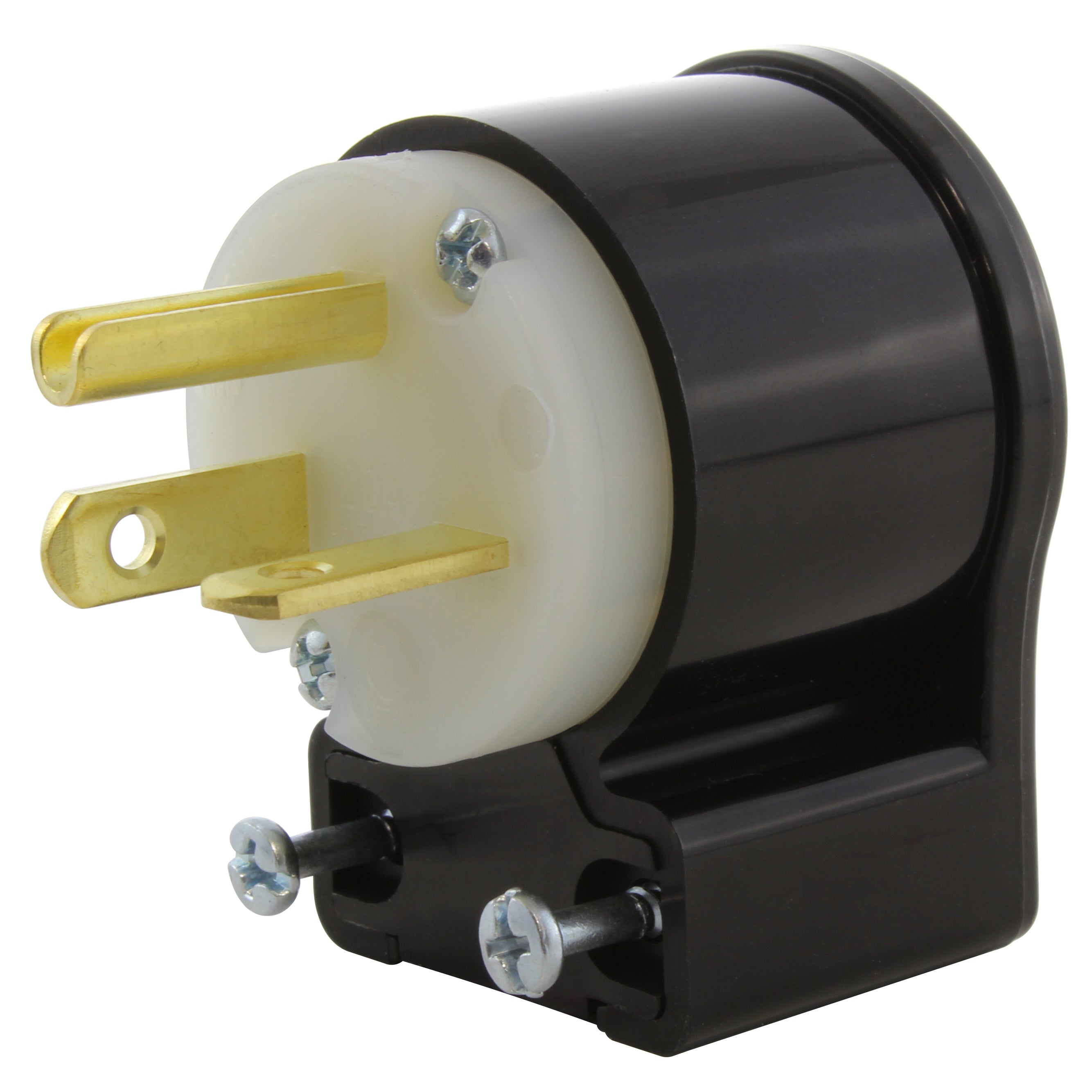
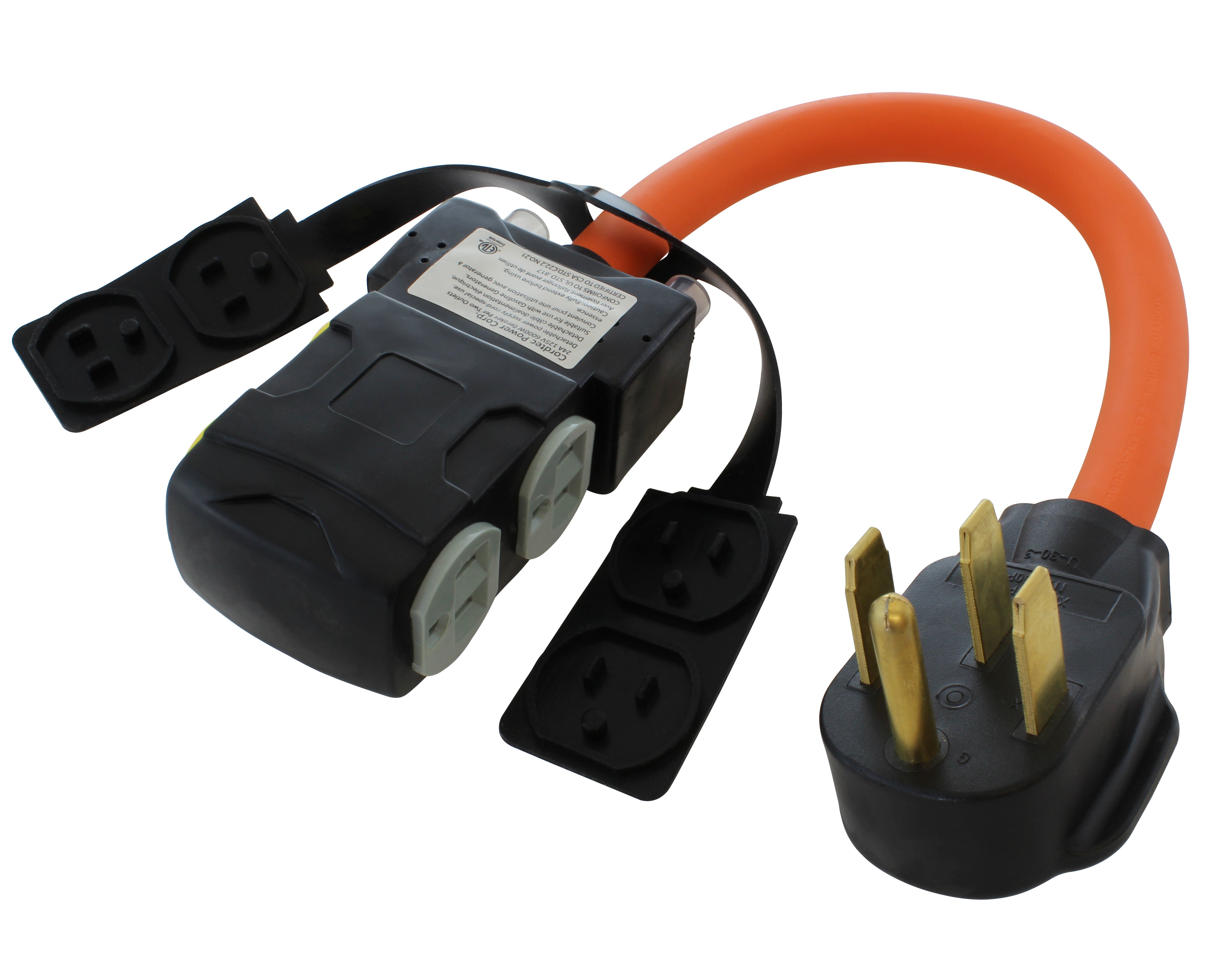
![AC WORKS® [ASINSS2PBX-G] 50A Locking 4-Wire CS6375/ SS2-50 Heavy-Duty Transfer Switch Inlet Box](http://acworks.com/cdn/shop/files/ASINSS2PBX-0_0206b362-7c90-42a5-8754-0685c13dab7e.jpg?v=1758051675&width=2500)
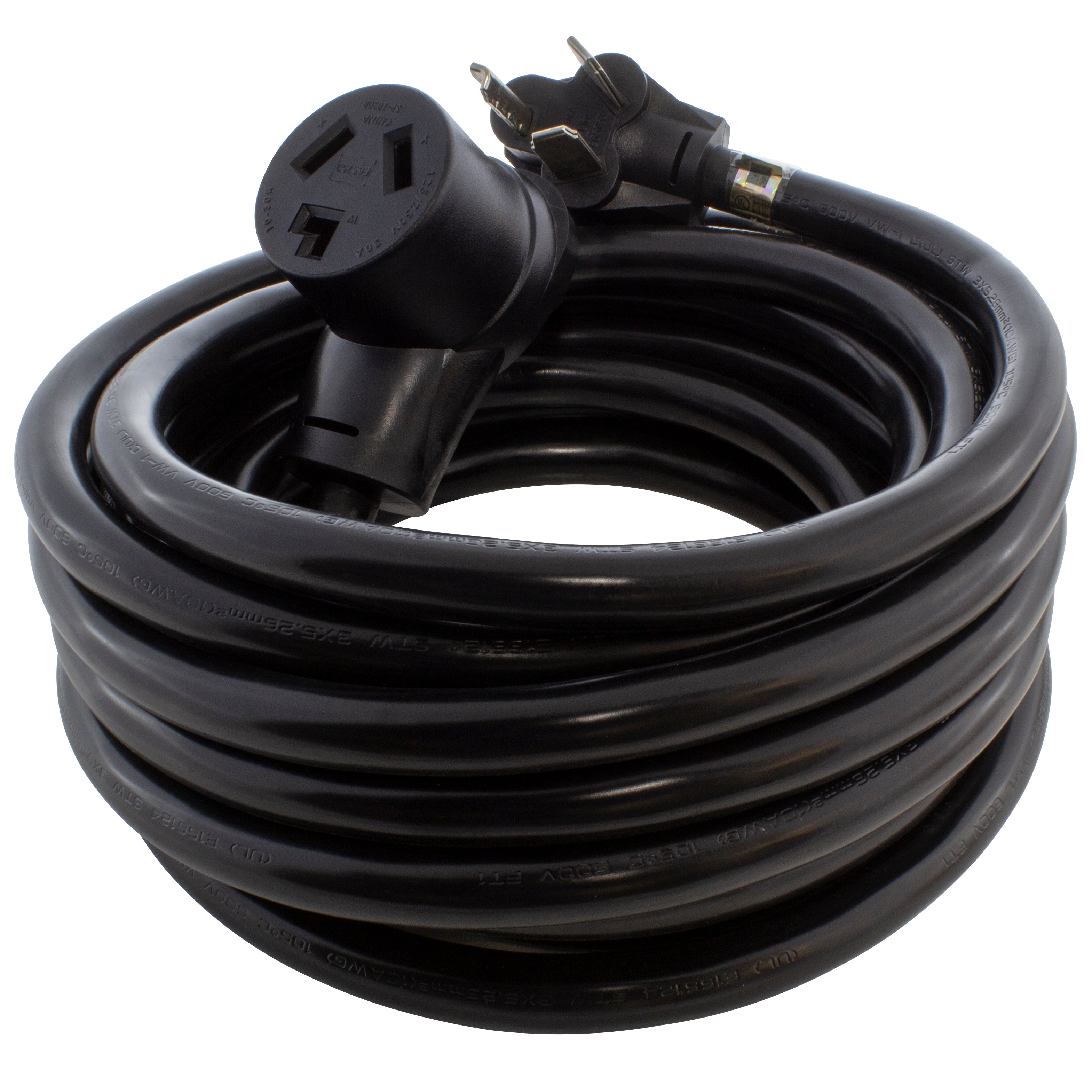
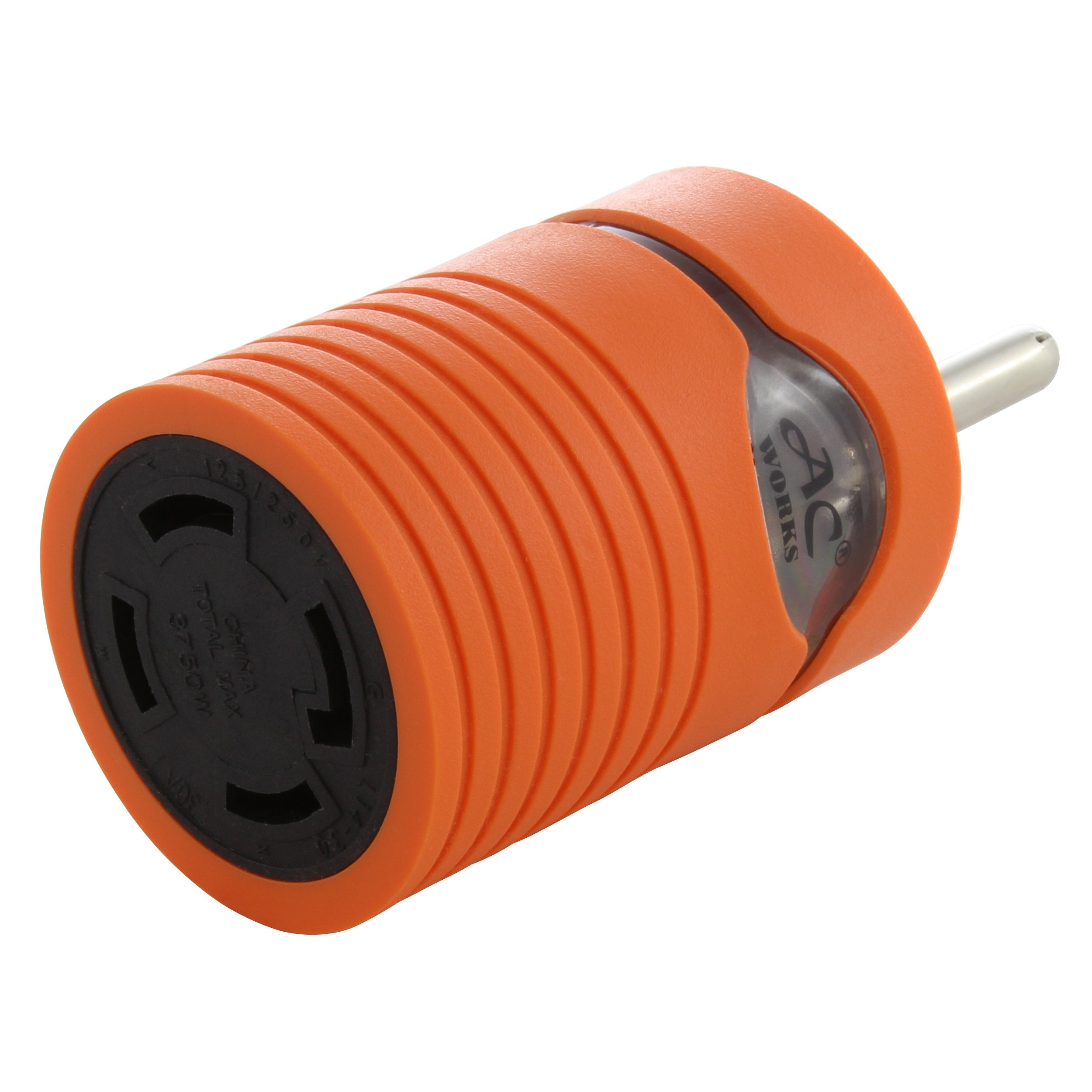
![AC WORKS® [S1430CBF520] 1.5FT 14-30P 4-Prong Dryer Plug to (4) Household Outlets with 24A Breaker](http://acworks.com/cdn/shop/products/S1430CBF520.jpg?v=1666103519&width=4656)
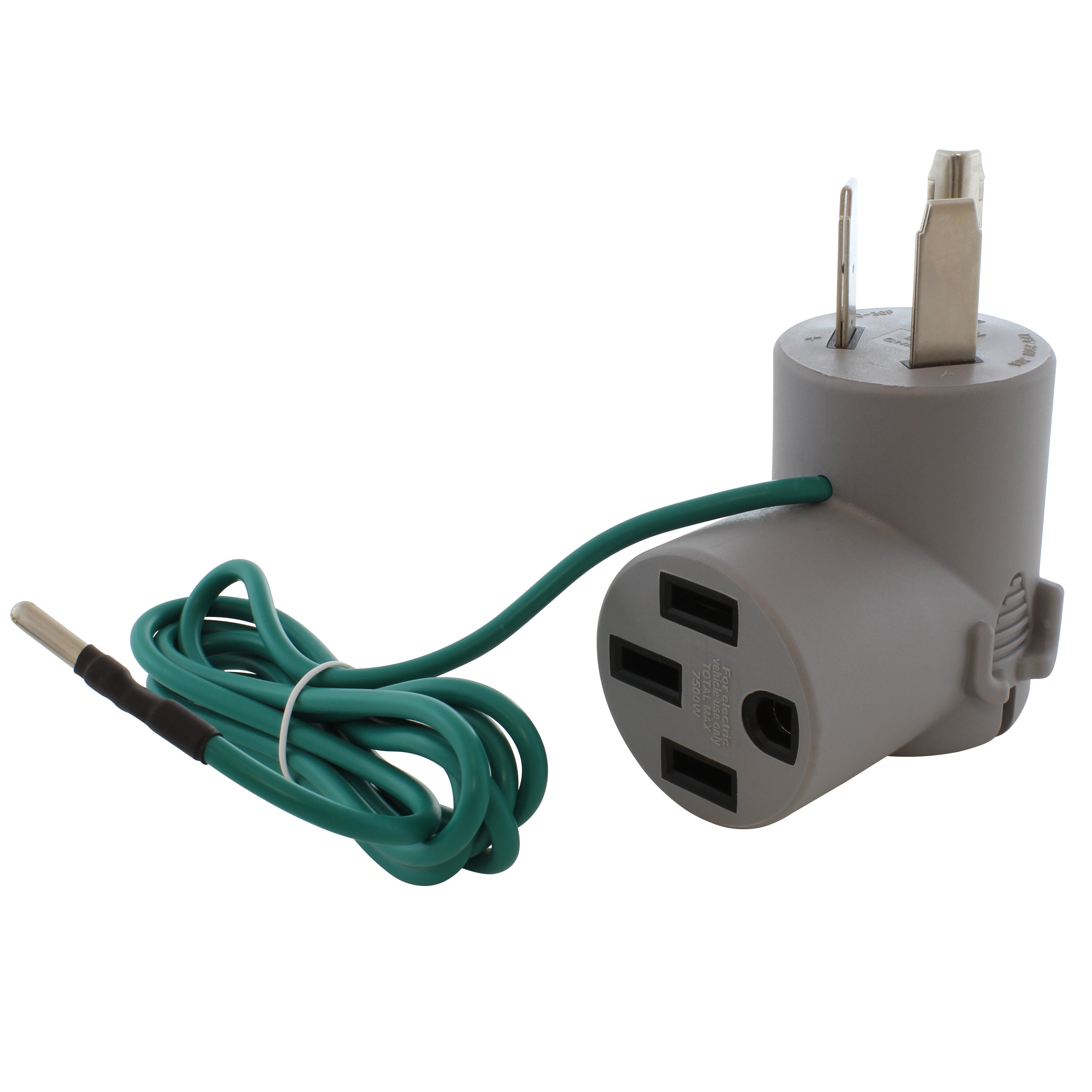
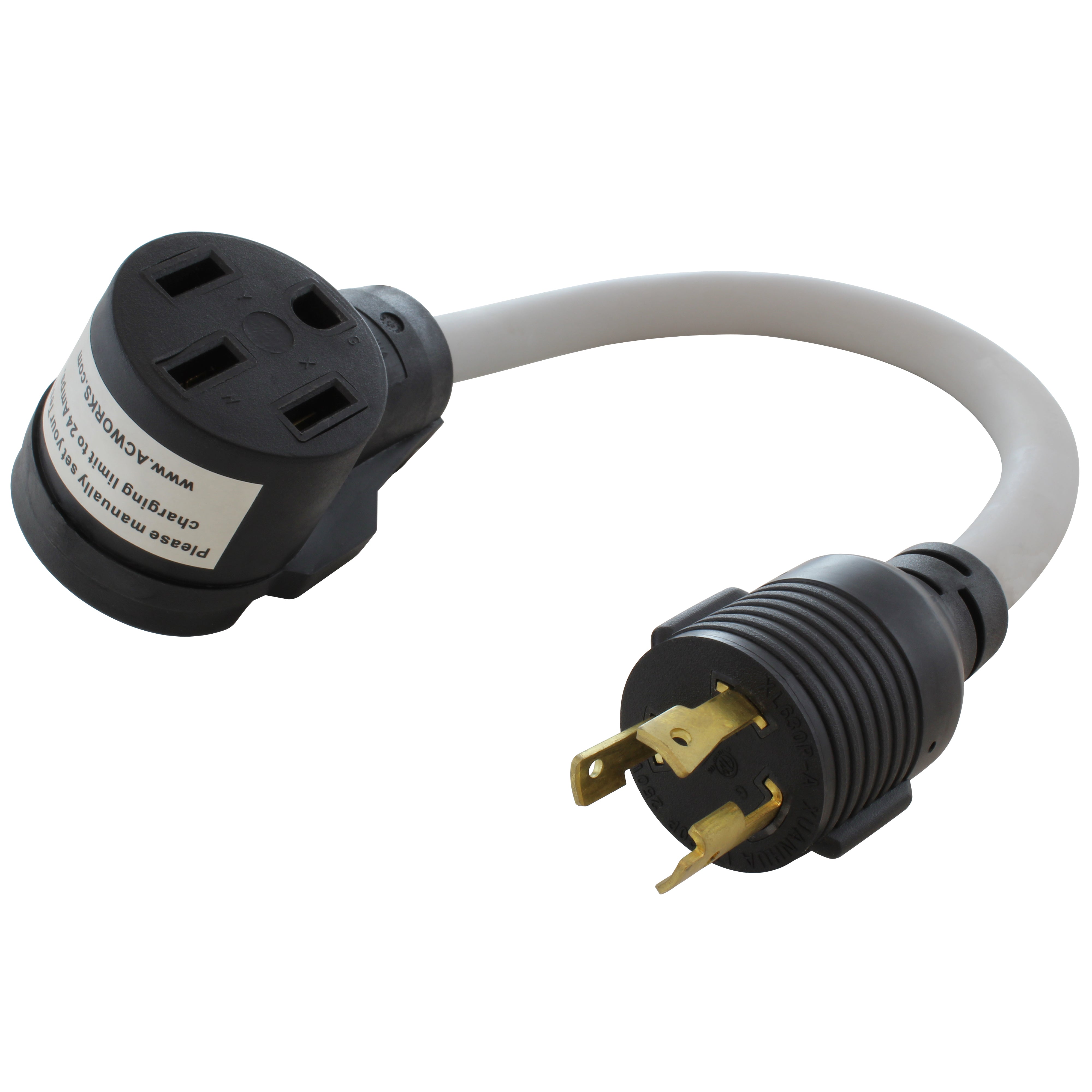
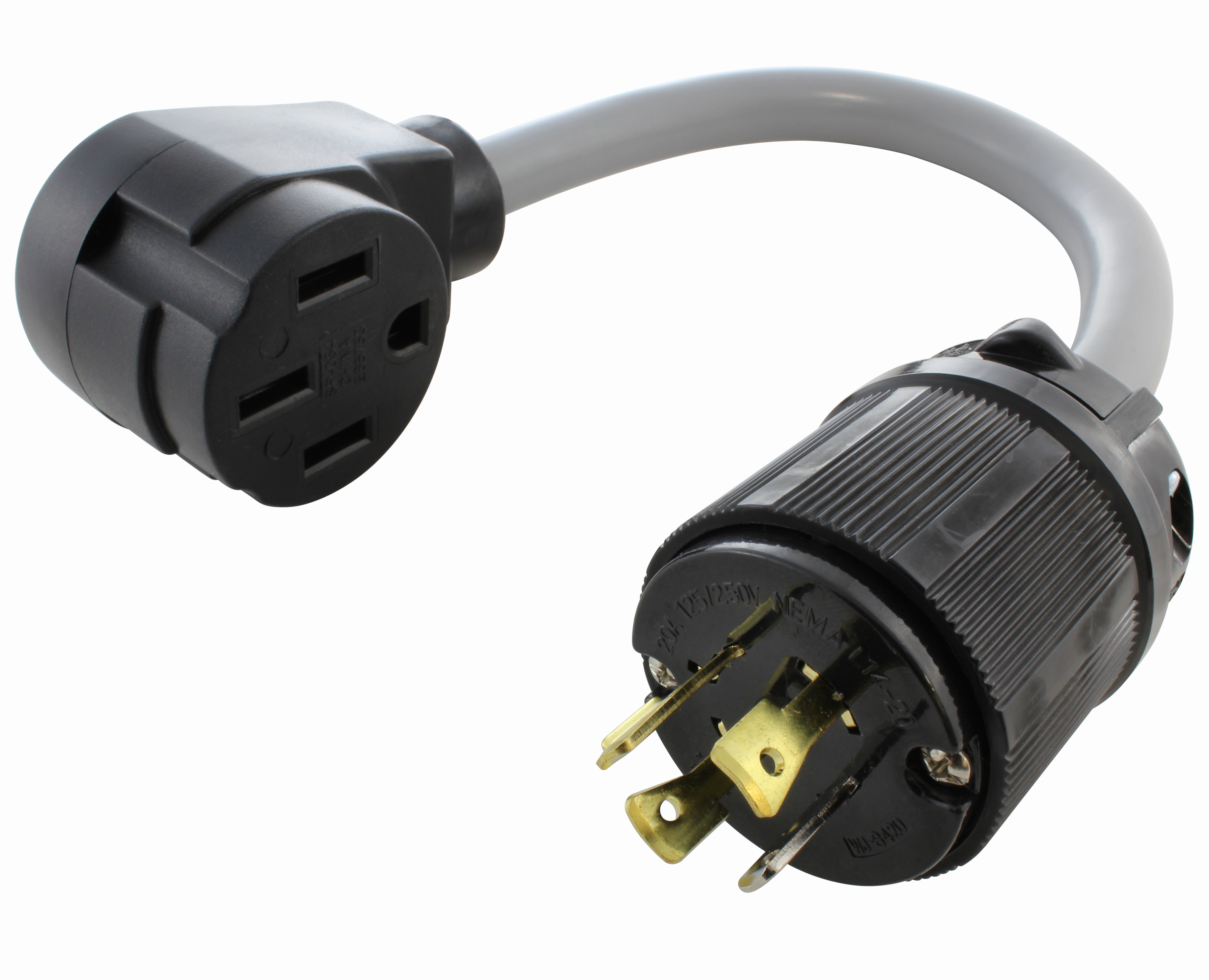
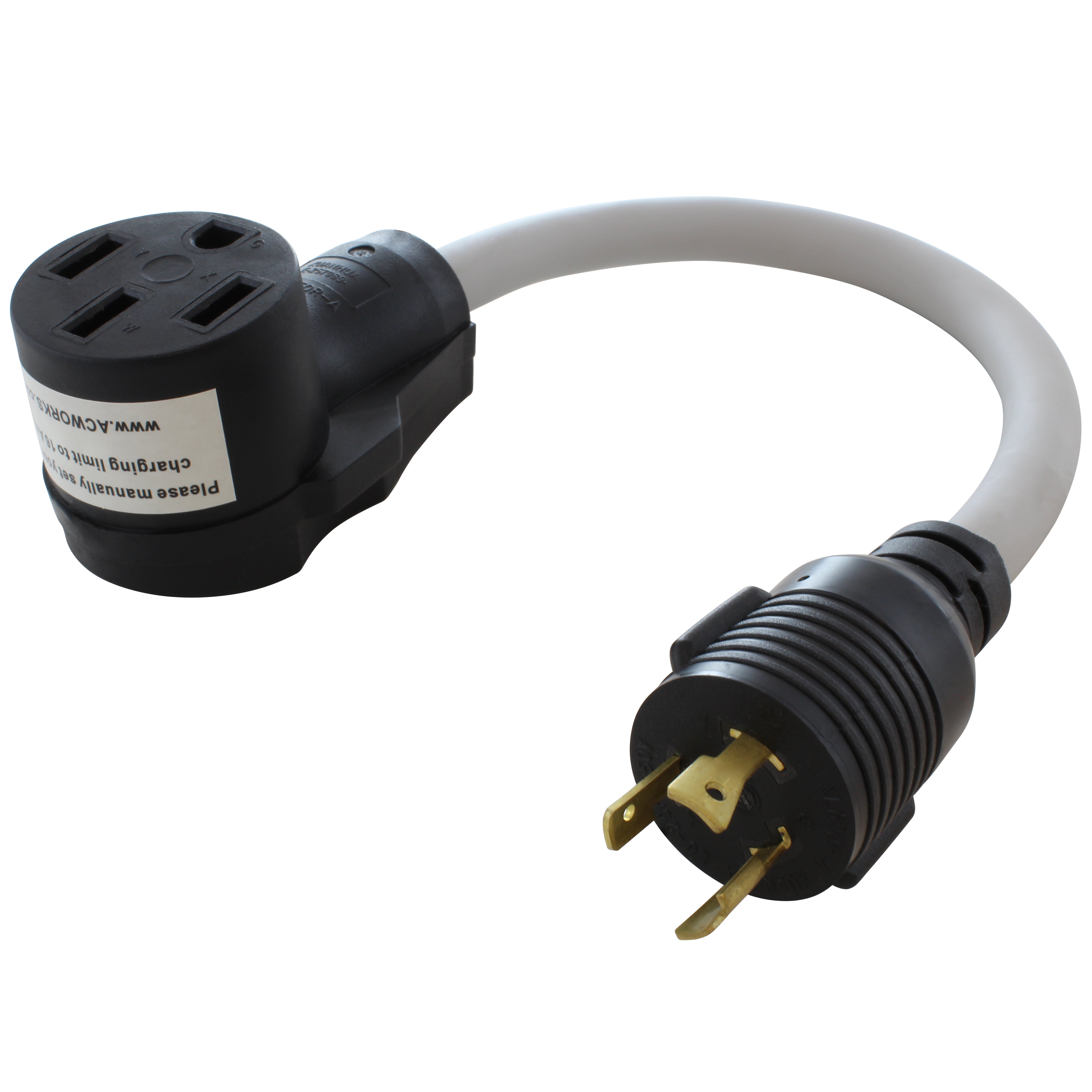
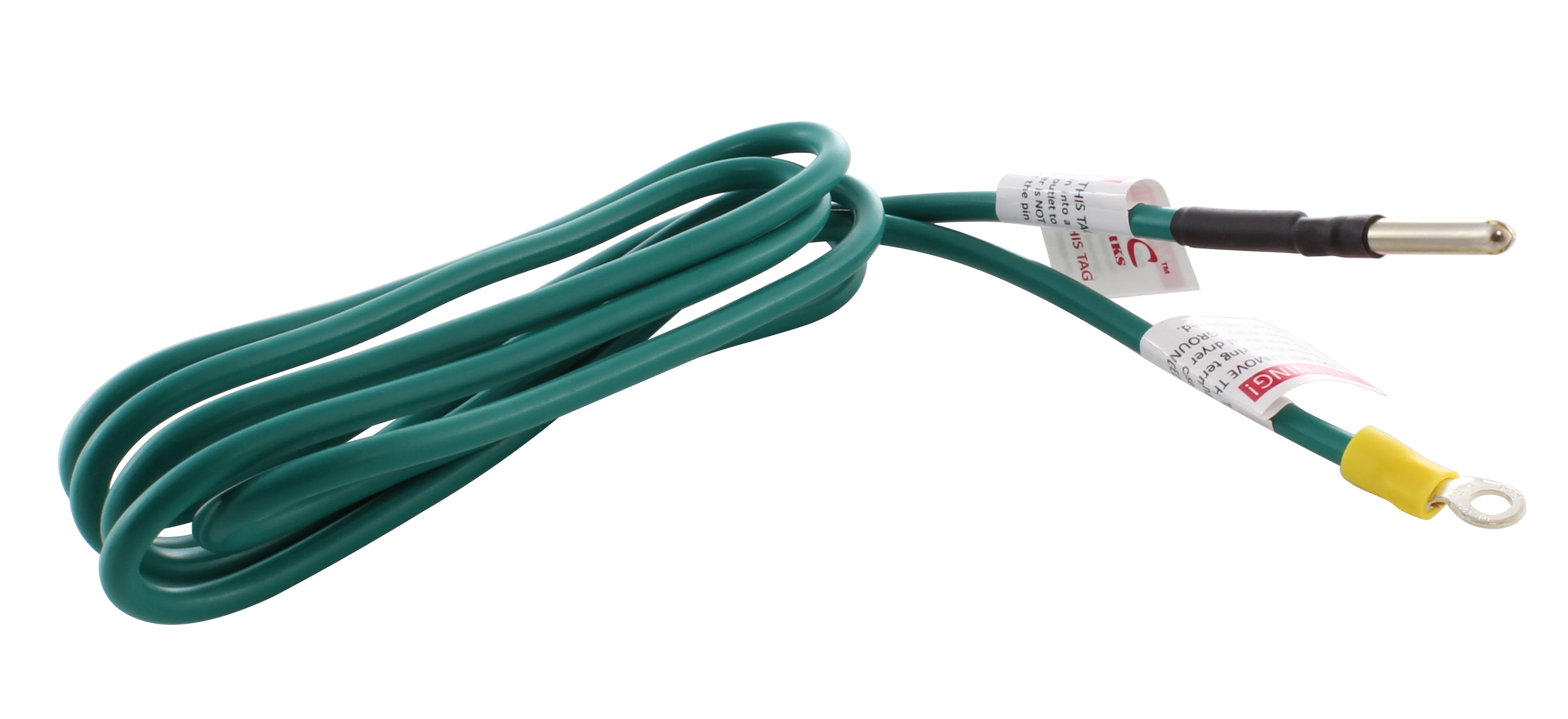
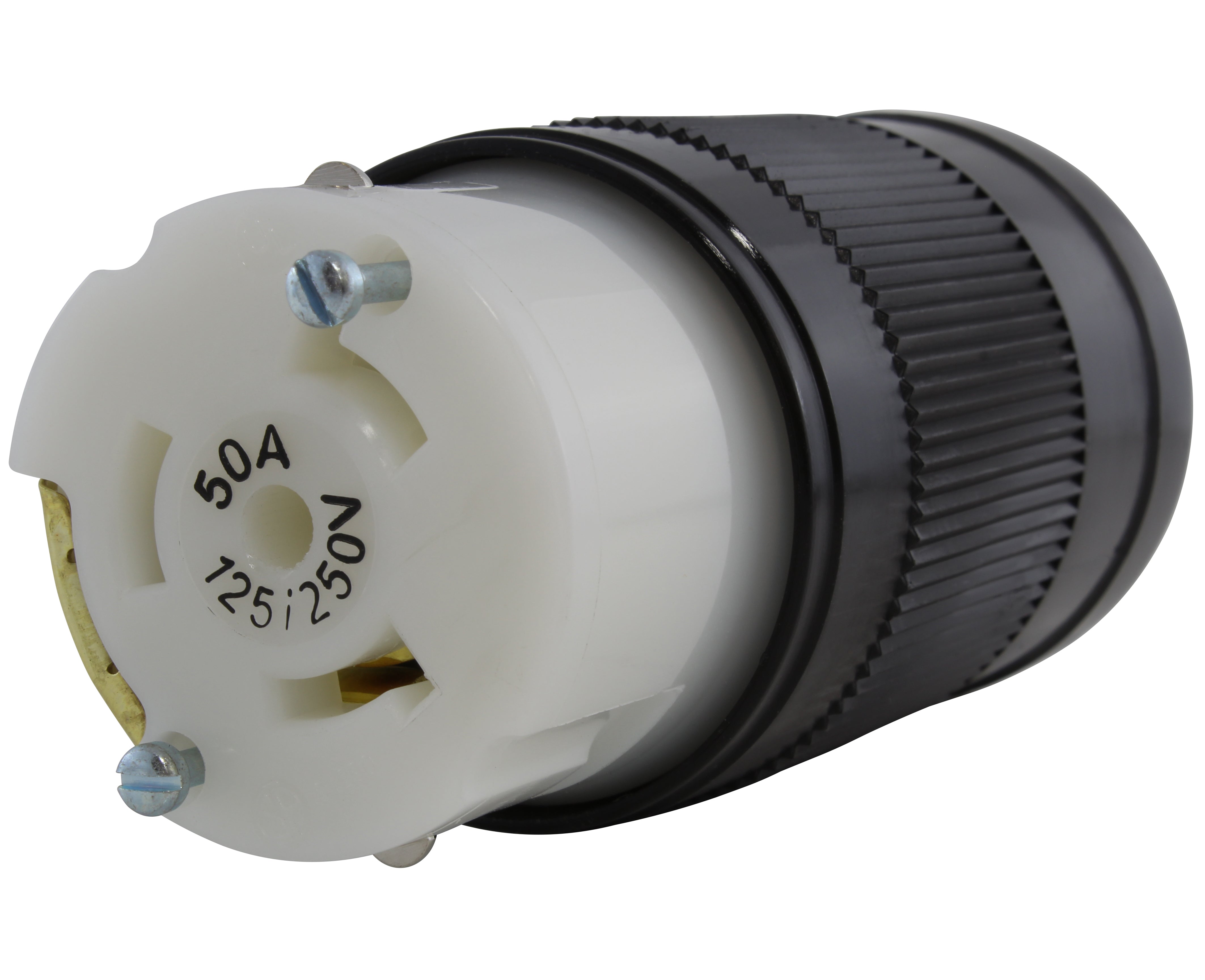
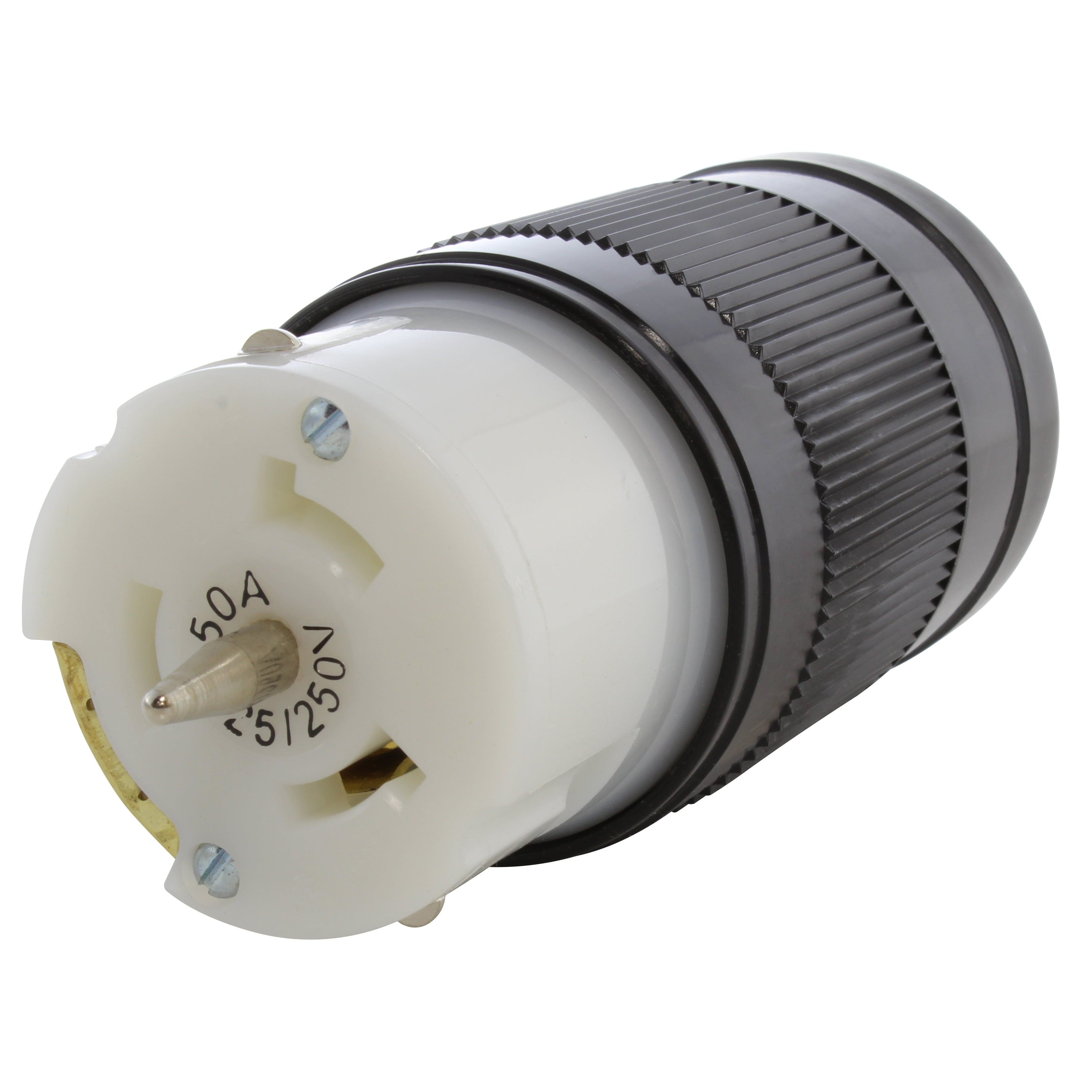
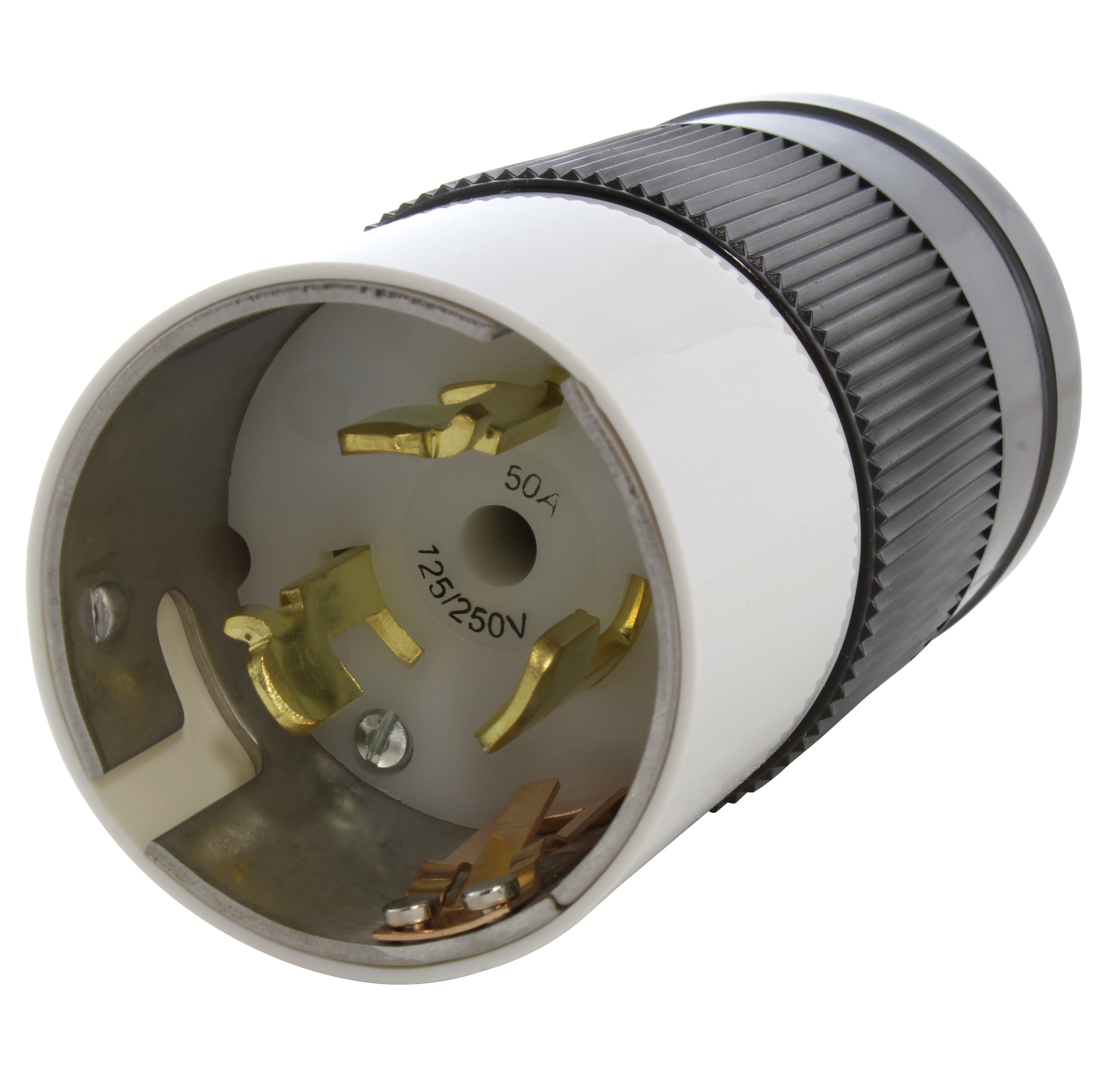
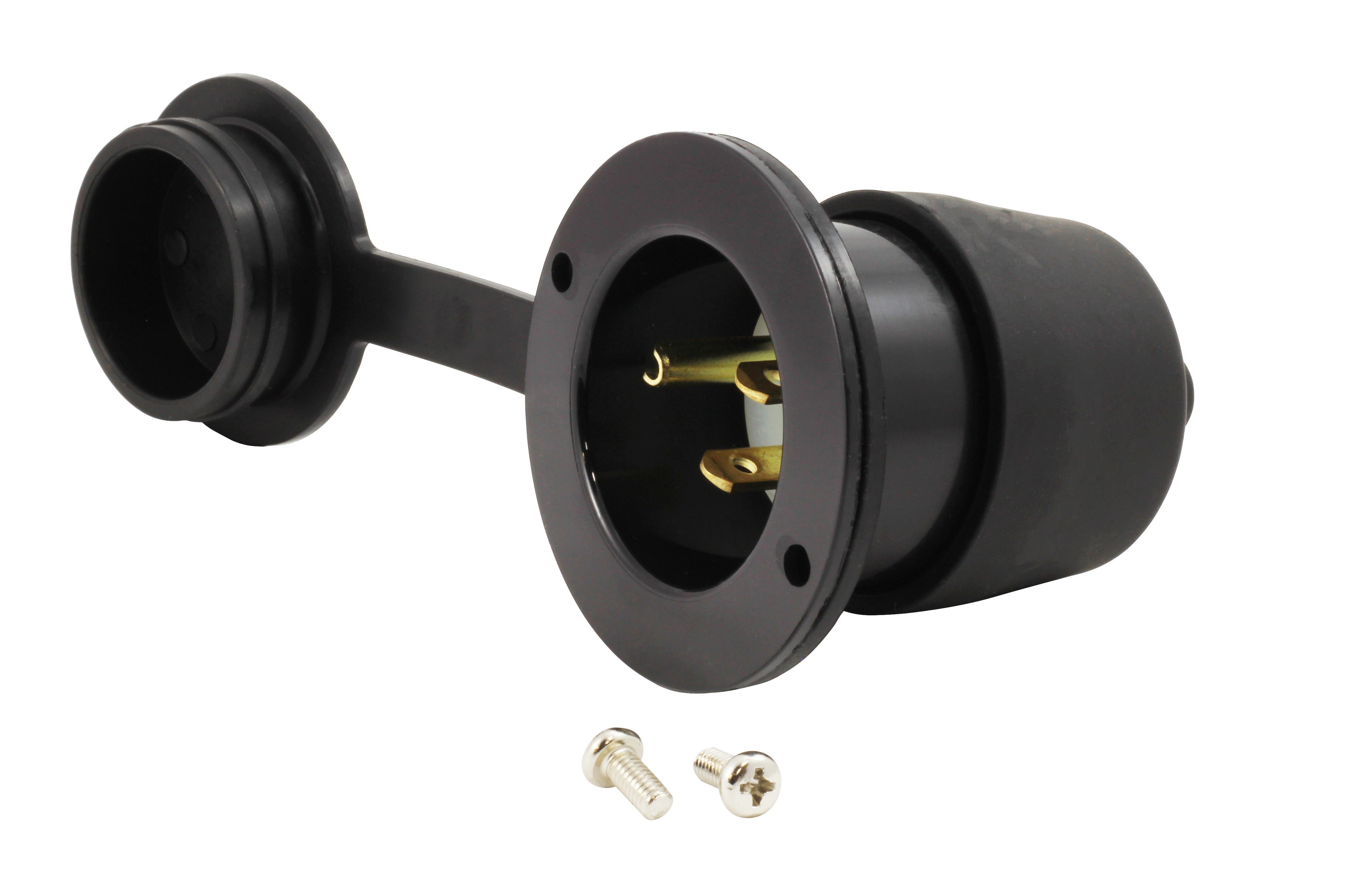
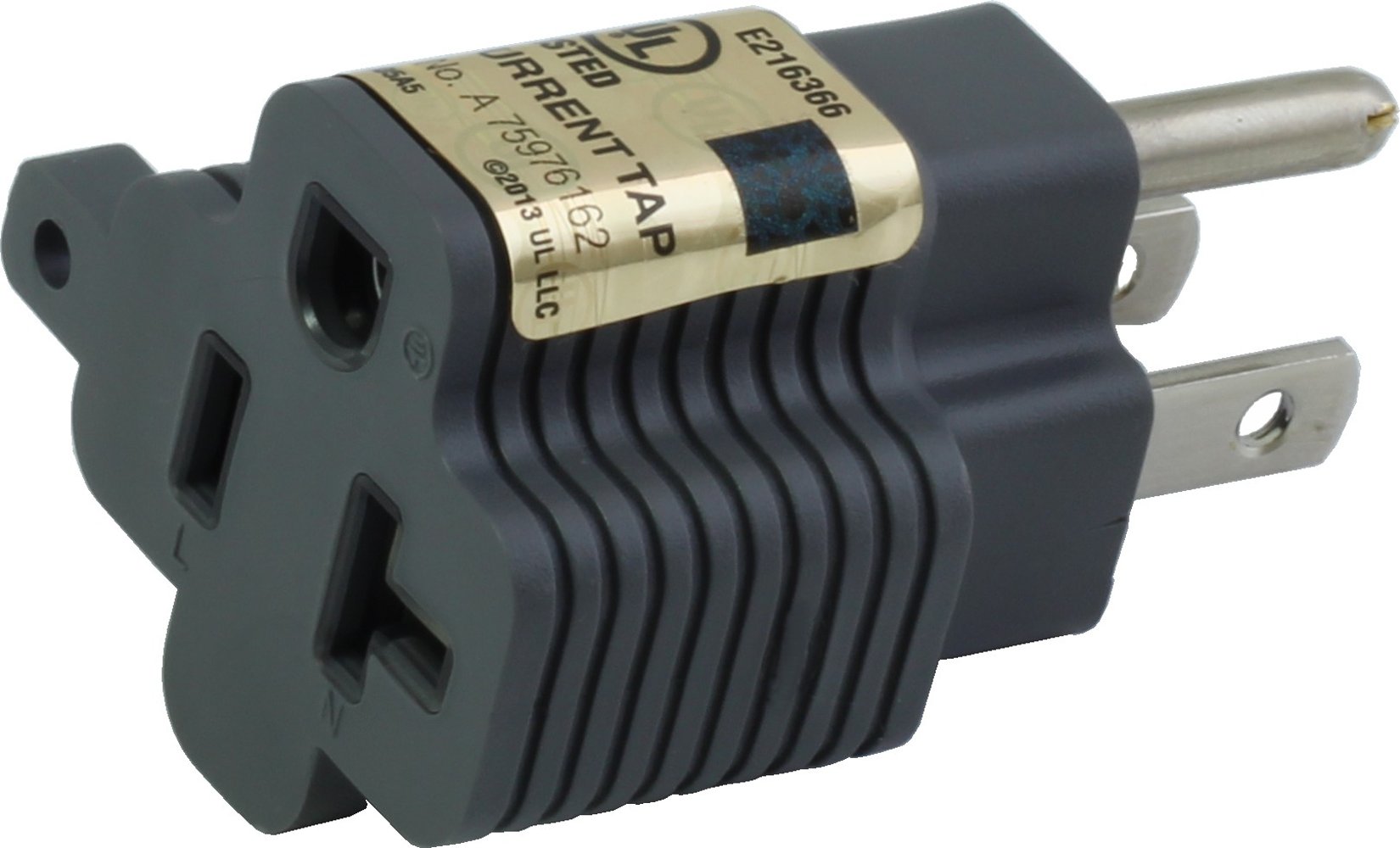
![AC WORKS® [ADV104] 3-Prong Heavy-Duty V-DUO Household Outlet Adapter](http://acworks.com/cdn/shop/products/ADV104-0.jpg?v=1605738768&width=3128)
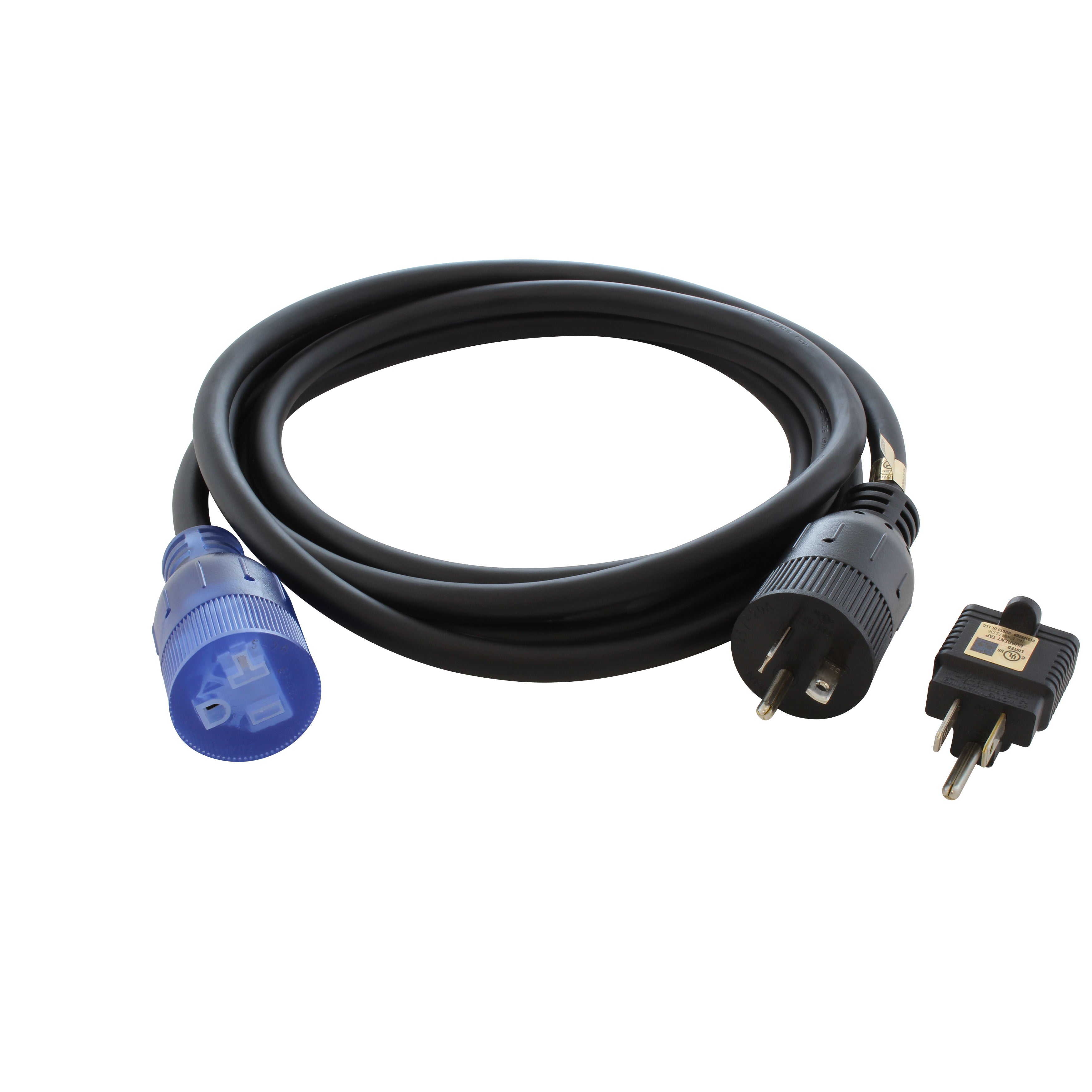
![AC WORKS® [XH515520] 15A to 15/20A 125 Volt Plug Adapter with ETL Safety Approval](http://acworks.com/cdn/shop/files/XH515520-0_daea425a-f439-48df-bb75-052167057f12.jpg?v=1729091519&width=2500)
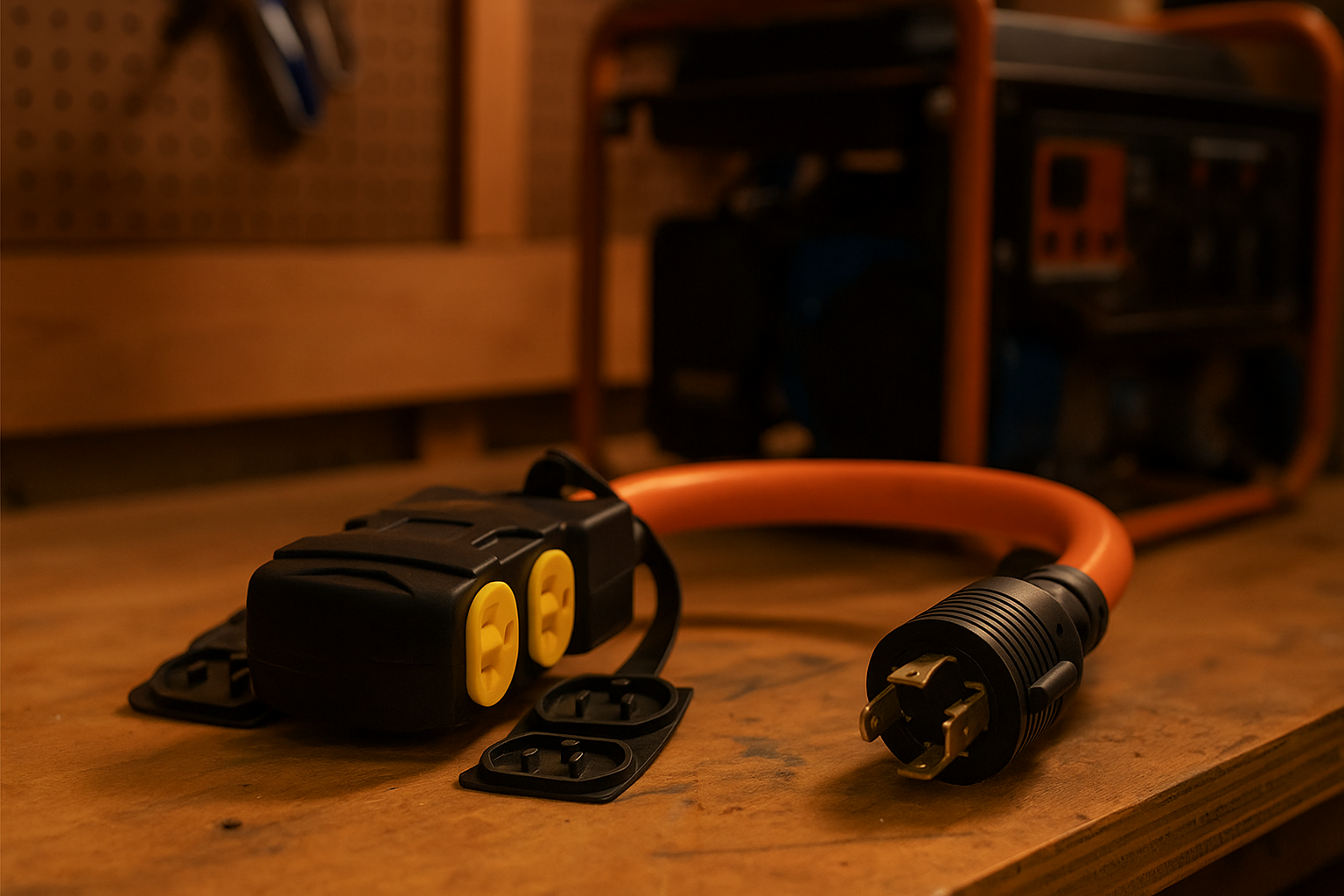
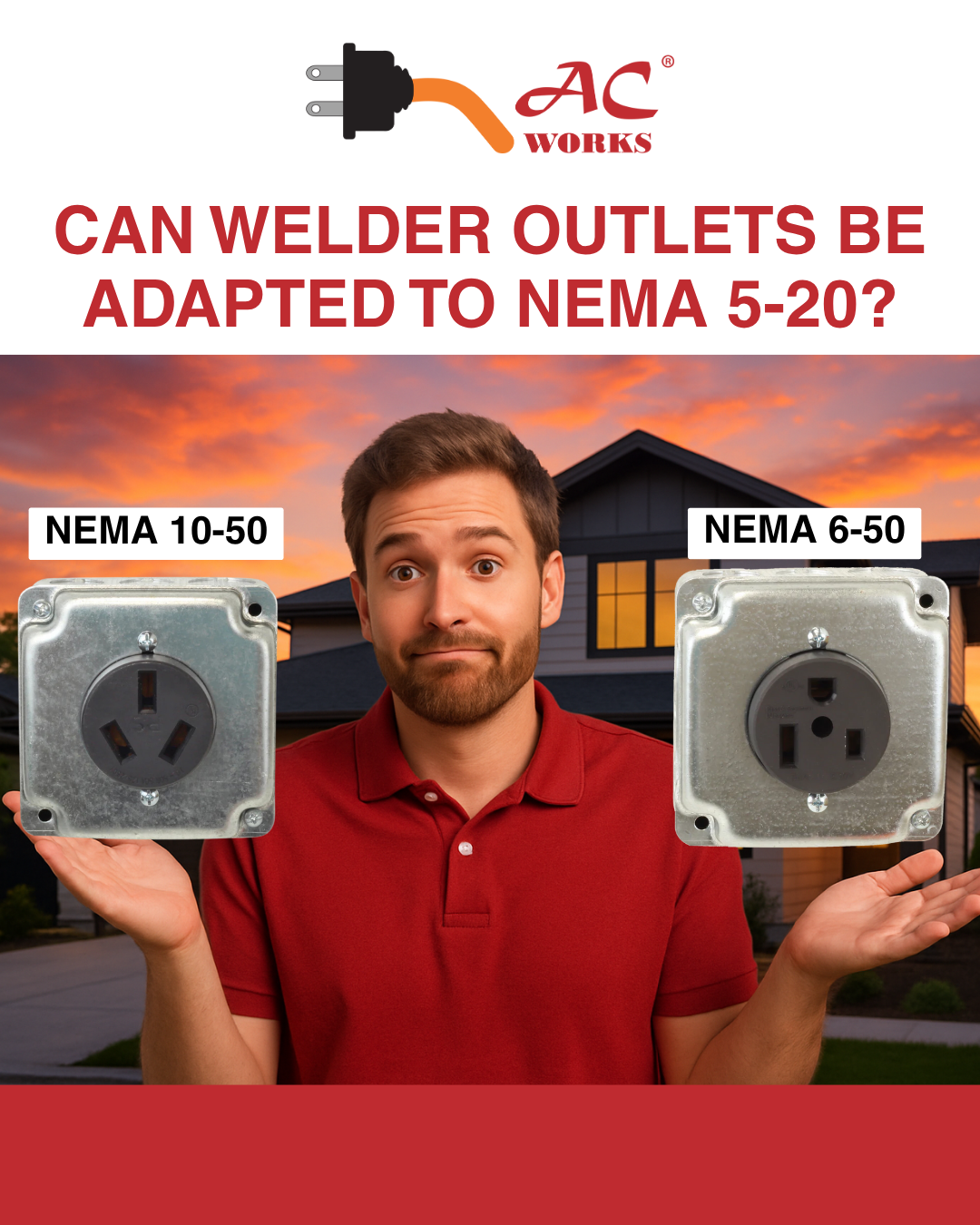

Share:
Understanding Electrical Arcing: Causes, Signs, and Solutions
How to Safely and Efficiently Charge Your EV with Two Way Adapters